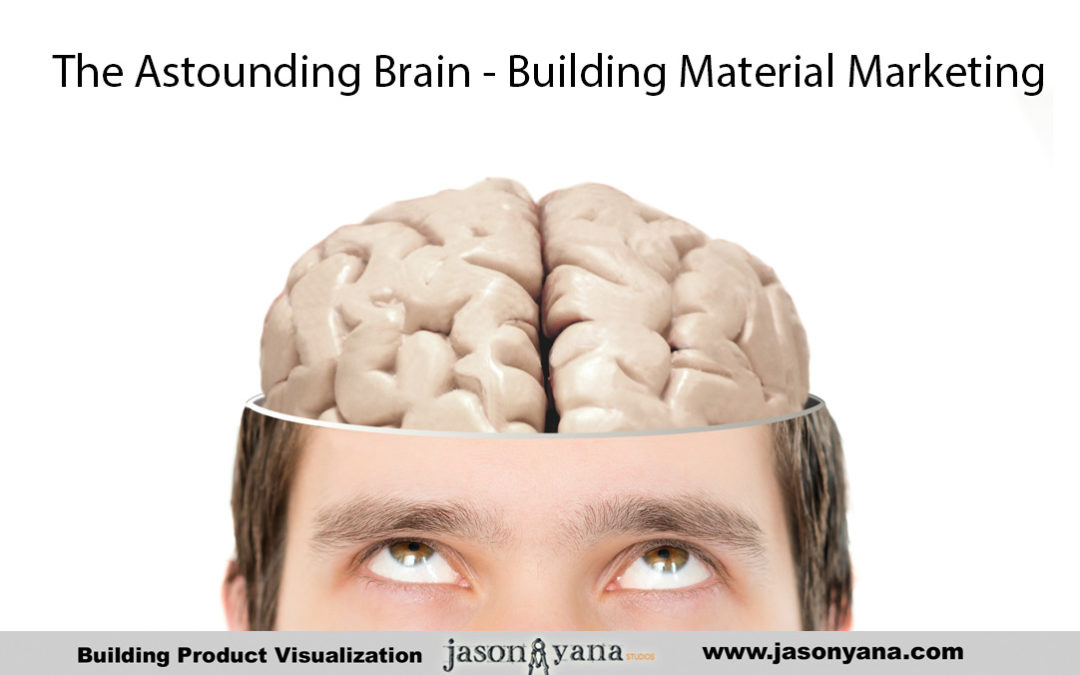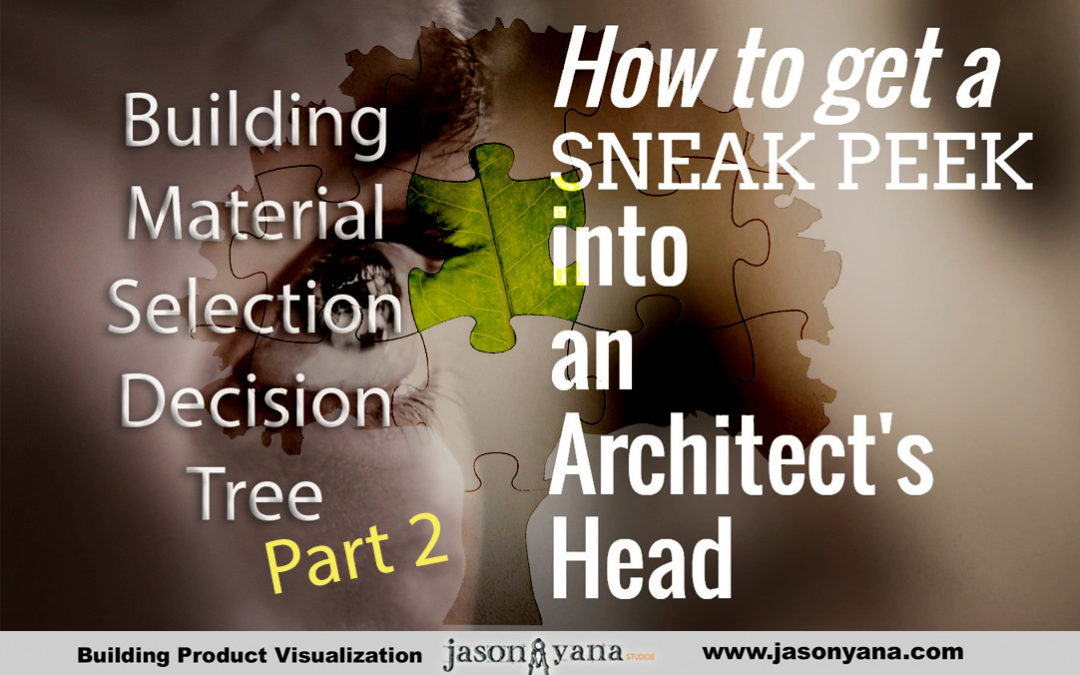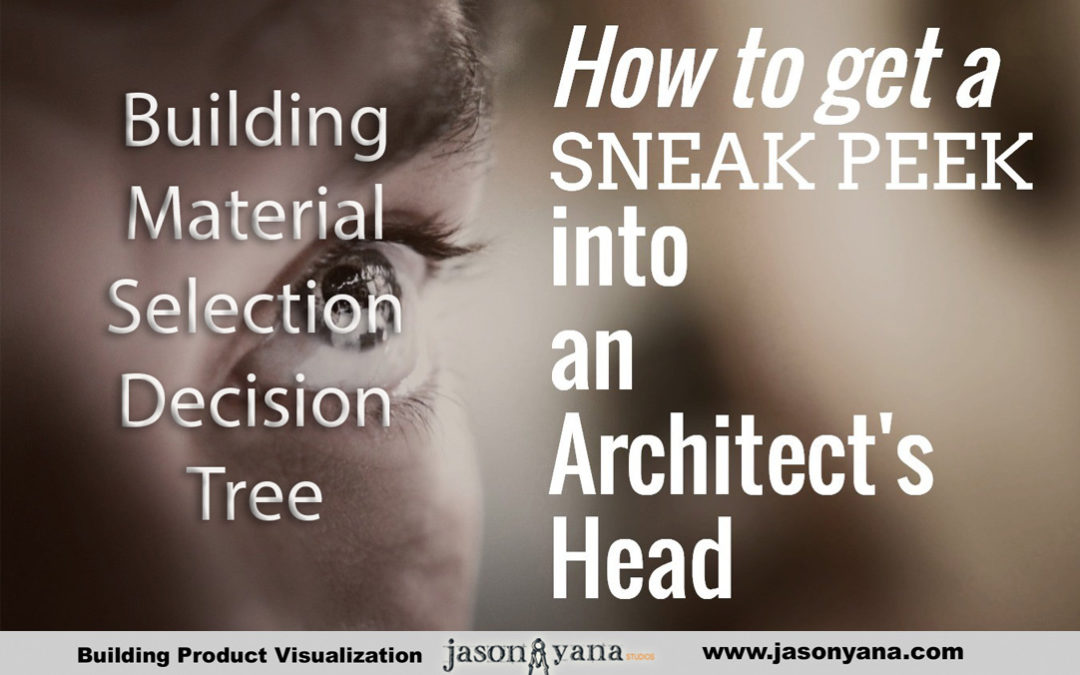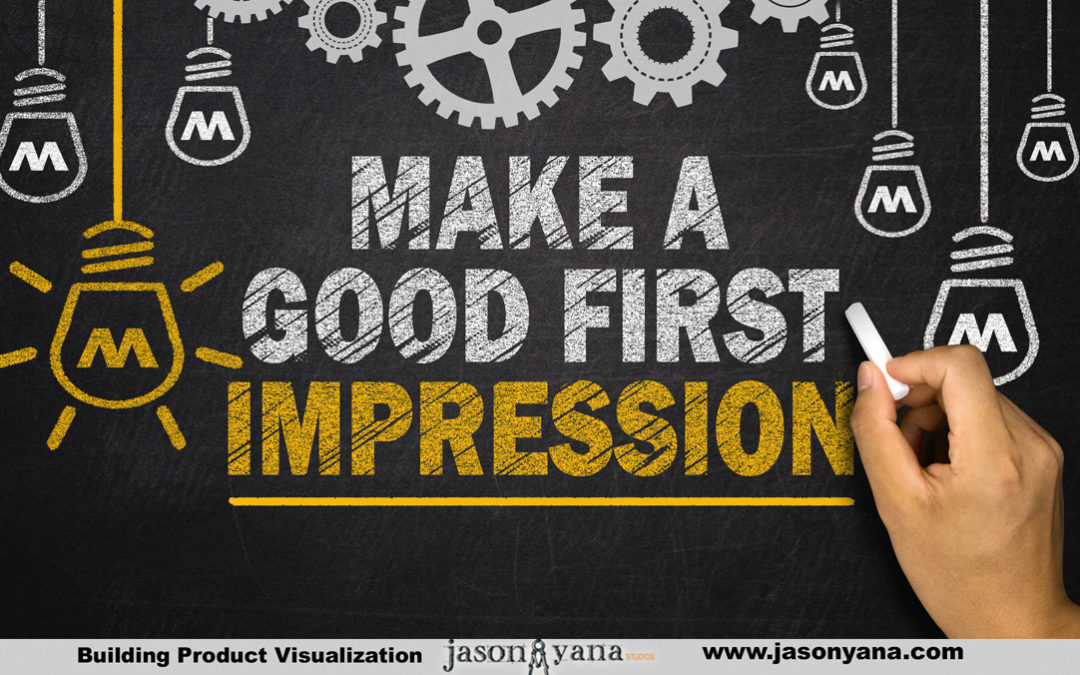
by jasonyana | Nov 29, 2016
Did you know your brain can process an entire image in as little as 13 milliseconds, according to Kurzweil Accelerating Intelligence?
It is no wonder that marketers, educators, business owners, and others utilize visuals to get a message across. Even fiction writers create word pictures because they know the value of the image. It is a given that people gravitate to the visual, but just how do visual impressions influence buyers?
Love at first sight
We have all heard the expression “love at first sight” as used in a romantic context, but something in that phrase requires a closer look. The expression comes from classical literature and was used to describe the phenomenon of being love struck through the visual. One writer describing it this way, “it runs through the eyes down to the soul.” The eye has been a gate leading to strong emotion; it also impresses buyers, sometimes with an obvious “wow”, other times, more subtly.
First impressions are lasting
People do it naturally, without realizing it, and sometimes even subconsciously, but we all do it – we form impressions of people within the first few minutes of meeting the individual. Furthermore, people assess us, too. What does this tell us? Again, visual impressions influence people. We don’t just make judgments on people during the first few minutes, but the same is done concerning products, services, and brands. Consider the impression a buyer has if a contractor is showing his presentation on a rumpled up brochure versus the one who demonstrates his product using 3D graphics or video animation.
Quality visuals count
It is established that visuals and first impressions are necessary to draw buyers in. High-quality visuals are key to enhancing interest in the product or service. Two-dimensional visuals are ok, but if you are looking to capture the buyer’s attention, three-dimensional figures and video creations stimulate greater enthusiasm. We live in a 3D world, so people relate better to 3D images, as well as video recordings.
About the Author :
Jason Yana has 2 decades of experience in architectural technology, 3d graphics and construction marketing. This unique combination provides highly-effective visual representations of building products that fuel marketing and support efforts.
His award-winning body of work informs, inspires and educates building product customers.

by jasonyana | Nov 22, 2016
80% of all Internet Traffic Will be Video by 2019
According to Forbes.com, 2015 was the “Year of Video Marketing”. If that was the case, then don’t expect the trend to slow down anytime soon, 2016 has the potential to be even more transformational — it is estimated that 80% of all internet traffic will be video by 2019.
It Won’t Just Be About YouTube
YouTube has become the 600-pound gorilla in the room with over 4 billion views per day. YouTube is the place to show your branded video content if you want to connect with your audience. Branded videos are simply videos produced and published under the company’s brand name. These videos range from interviews with spokespeople, executives or customers, to how-to videos on using or installing products. Having video content produced reliably and staying on top of trends in video production has become a niche in itself.
Even with YouTube’s importance, there will be more migration of video content to branded URLs in 2016. Web designers and marketers are finding more ways to integrate videos into websites to make them seem less static. Home pages are increasingly using background videos to make the pages more vibrant and welcoming. Since the home page is generally the first page seen by a prospective customer, it pays to invest time in its design and attractiveness.
Deeper into the website, video usage will be more prevalent in the promotional area; how-to videos, videos of the product/service in action and video testimonials will play a larger role in web content.
We Have the Attention Span of a Gnat
“This gravitation toward visual posts is based on human preferences. The average person’s attention span in 2015 was 8.25 seconds. Thus, most social media users aren’t going to read an entire article; they simply want the basics.” (Forbes.com)
Staying on top of the online trends involves a great deal of work and time. Not capitalizing on a trend can end up costing a business a great deal by way of lost opportunity. Finding a cutting edge partner in producing video content is a great way to keep current and maximize your online exposure.
Videos can be a quick and fun video you take with your iphone, videos taken at the jobsite or the kind of 3d animated videos we do at JYS which demonstrate the what, how and why of your products.
About the Author :
Jason Yana has 2 decades of experience in architectural technology, 3d graphics and construction marketing. This unique combination provides highly-effective visual representations of building products that fuel marketing and support efforts.
His award-winning body of work informs, inspires and educates building product customers.
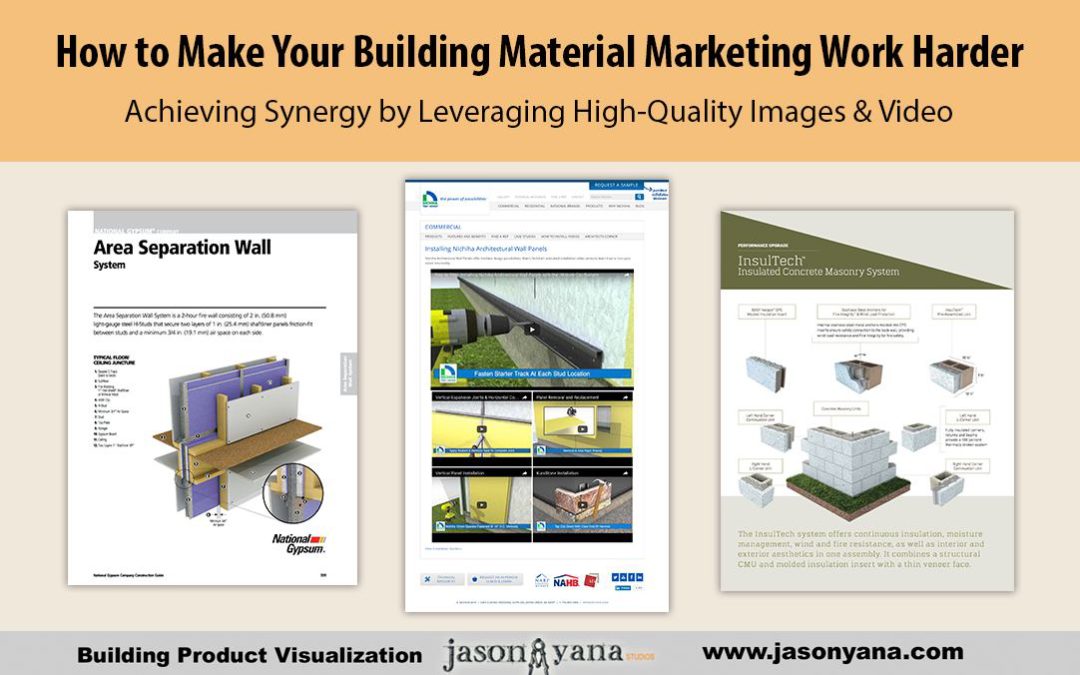
by jasonyana | Aug 3, 2016
Achieving Synergy by Leveraging High-Quality Videos & 3d Renderings
Before we get started, let me just say…
It was hard NOT using the word “synergy” in the title of this post. It’s one of those corporate-sounding throwaway buzzwords that’s been done to death. Which sucks – because it does a good job summarizing what we’re talking about today.
Synergy in your marketing is two or more initiatives working together to create a response greater than the sum of the elements alone. That’s according to a definition I found at smallbusiness.chron.com.
With traditional marketing methods, you end up paying twice for a marketing piece – once for its design and production, and again for the placement in the media of your choice (magazine, radio, trade journal). But you only get a single return from each effort.
However, done right, your marketing today can be paid for just once, but continue to provide you with returns virtually forever. That’s especially useful if your company has a limited marketing budget…
“Big doors swing on little hinges.” – W. Clement Stone
So how does this all apply to high-quality visualizations?
When you invest a portion of your marketing dollars on a few well-considered visual pieces – details, animations and 3-D renderings of your product – you create synergies between your sales & marketing materials and your technical documents.
What that means is you’re…
- Making your marketing materials more technical, but still aesthetically pleasing…
- Creating engaging and attention-grabbing technical pieces that are marketing-oriented…
- Adding “why statements” to your technical pieces to get in front of your prospects questions
To give you a better idea of what we’re talking about here, let’s take a look at how some of the larger building product companies have been successfully using videos and renderings in an expanding way.
Nichiha
Nichiha, the fiber cement product manufacturer, does a great job of re-purposing their visualization throughout their marketing, sales and technical documents.
Not only are they using animated installation videos on their website to demonstrate the installation of their product lines to architects and contractors…
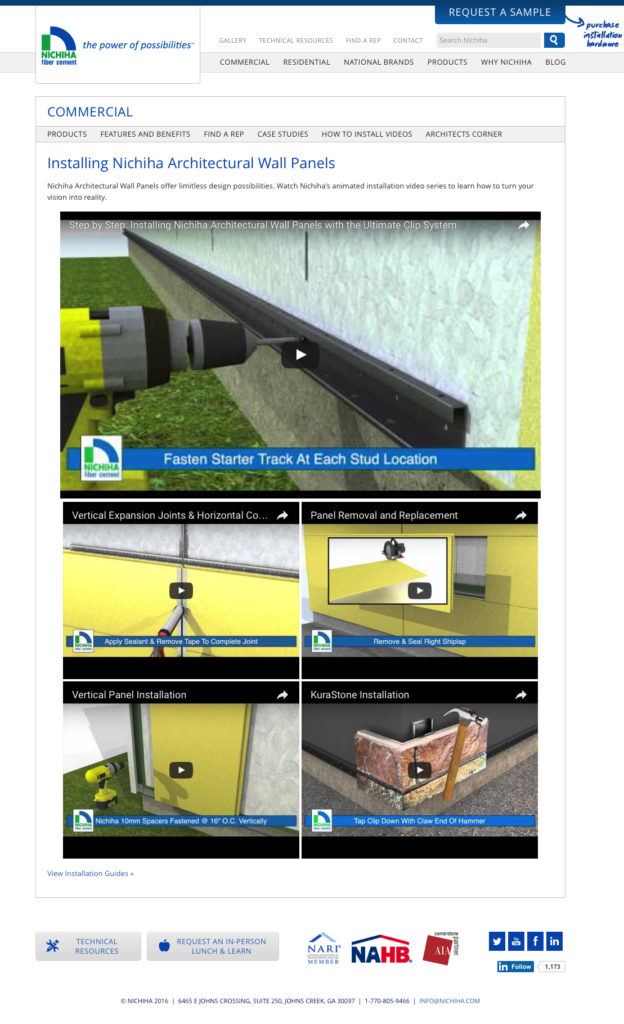
…They’re also combining video screen shots with photographs and 2D details in their installation instructions to clearly demonstrate to installers every step needed to provide a great project…
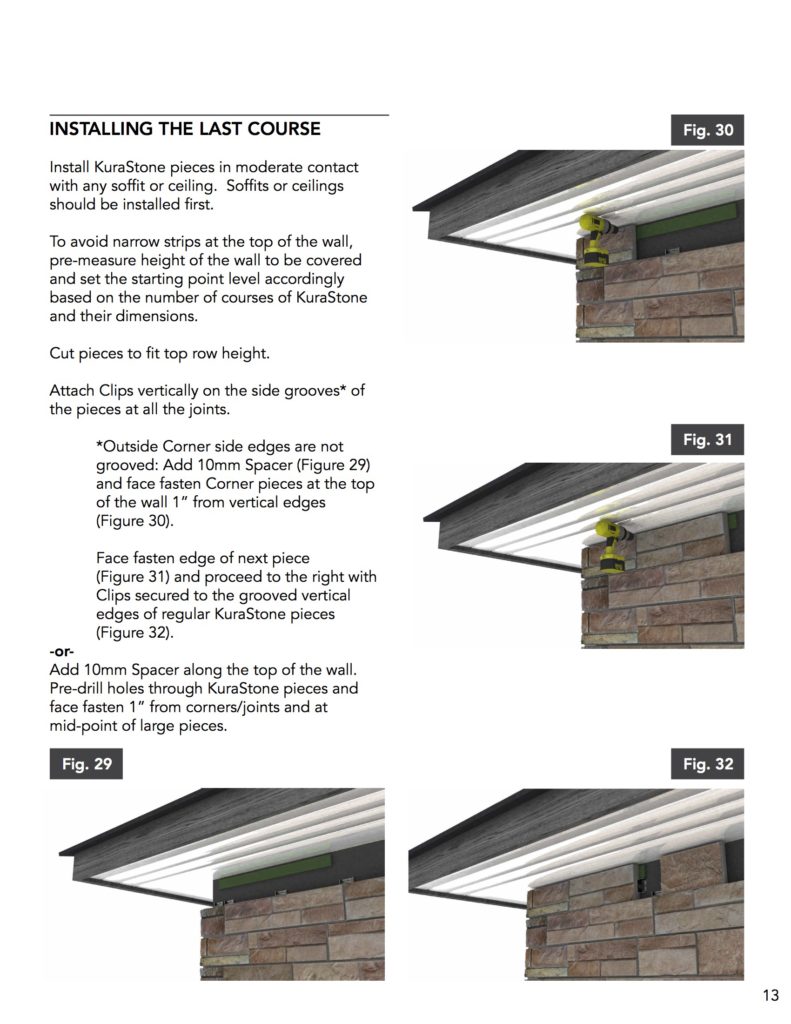
…You’ll also find their pulling 3D renderings into their brochures and other sales documents and weaving them between their sales copy and beautiful project photos.
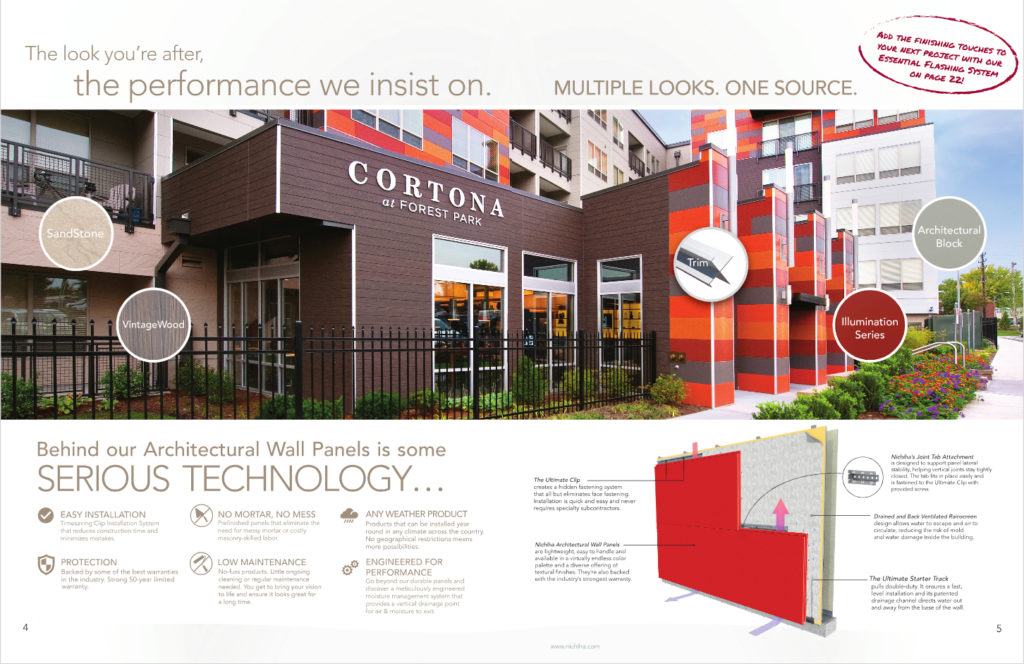
It’s through this synergy that they effectively & successfully demonstrate how their products can work as part of the architects next project… While also creating a consistency that runs through all of their forms of communication with their clients and installers.
Oldcastle – Echelon Insultech
Let’s look at another great example: Oldcastle’s Echelon masonry product – Insultech.
For their Insultech product line, since it is one of those “behind-the-scenes” products, project photos don’t do it justice. That’s why it’s critical that they use a variety of images to demonstrate the product’s features and benefits to their clients.
It all starts on the website’s product page, where they use a variety of 3D rendering and details to illustrate the product…
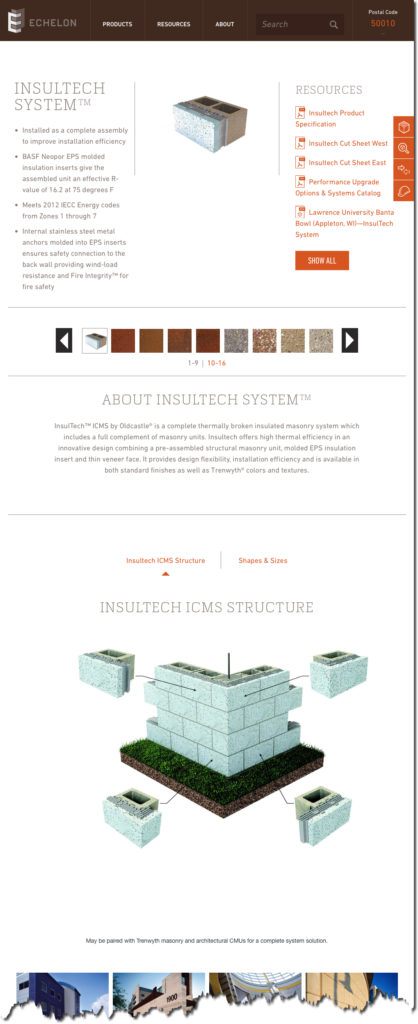
If you happen to check out their YouTube channel, you’ll find they use a combination of live product demonstrations with 3D renderings and CAD drawings to properly demonstrate their products value.
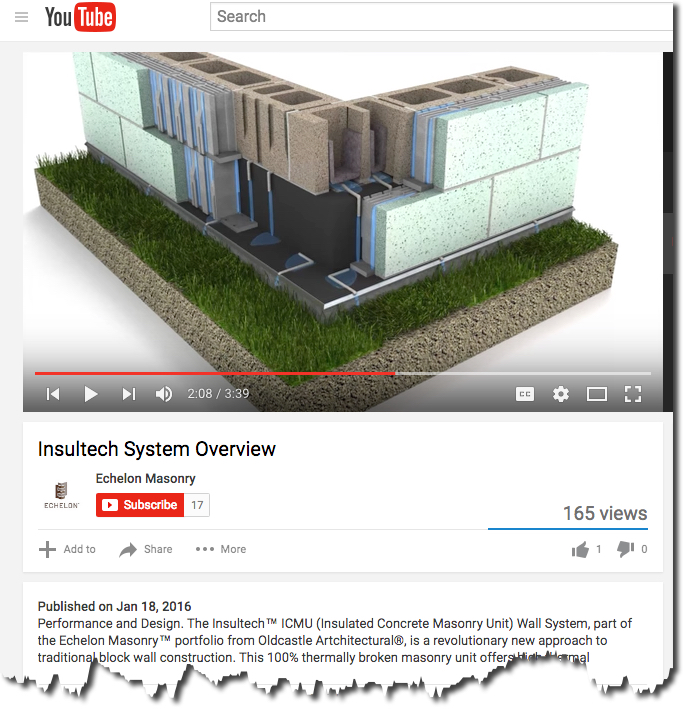
In their Masonry Performance Upgrade catalog, their also using similar version of these 3D rendering to explain each of their upgrade options. And, again, we see they’re weaving the images together with sales copy, project photos and technical drawings.
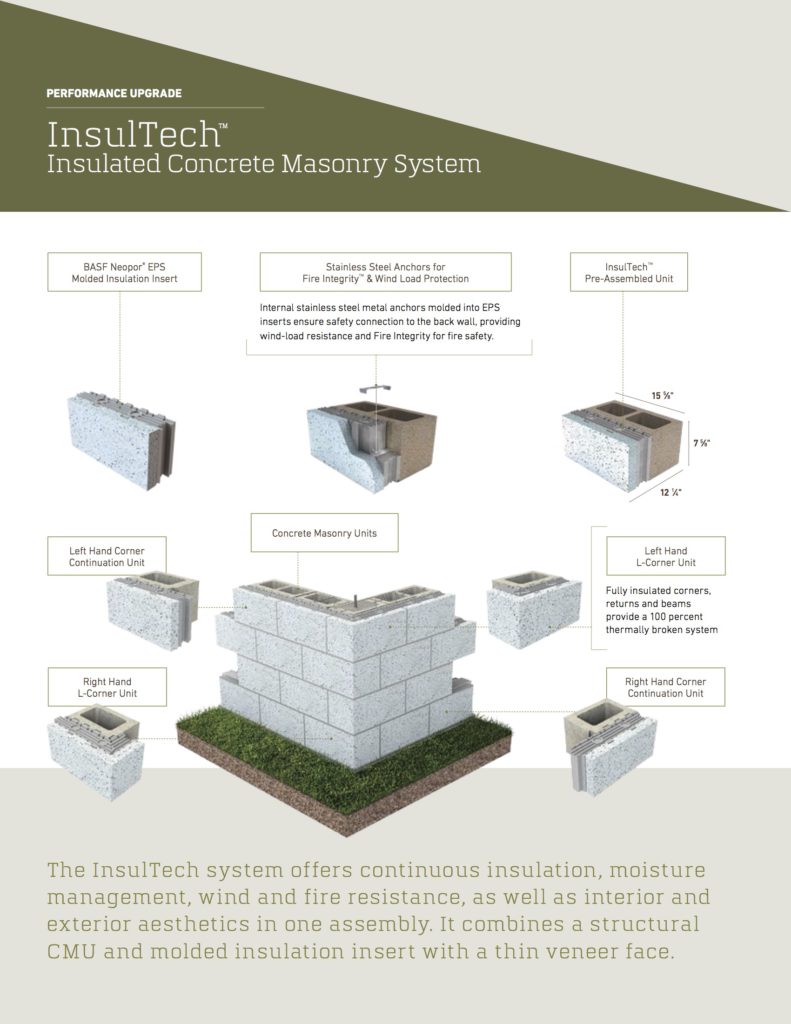
Throughout their marketing and technical documents, Echelon is doing a great job of utilizing the many small pieces they’ve collected and are using them effectively across their website, their leave-behinds, and the rest of their media sources.
National Gypsum
For today’s last example, I’m highlighting the work that National Gypsum is doing. They’ve spent a lot of time and effort developing a library of product drawing, details, and animations to clarify their product lines.
(…By the way, I just finished putting together a case study of the work we’ve done together, so if you’d like to learn more, send me a quick message and I’ll email you the PDF…)
National Gypsum’s most comprehensive incorporation of the many small pieces and parts that they’ve generated and collected are brought together in their newly-released (circa June 2016) “NGC Construction Guide.”
Throughout the almost 400-page guide, they’ve brought together all of the technical details, renderings and images to clarify their extensive product lines. I’m honored to have been part of the development of the visualization pieces. Here are a few pages from the guide…
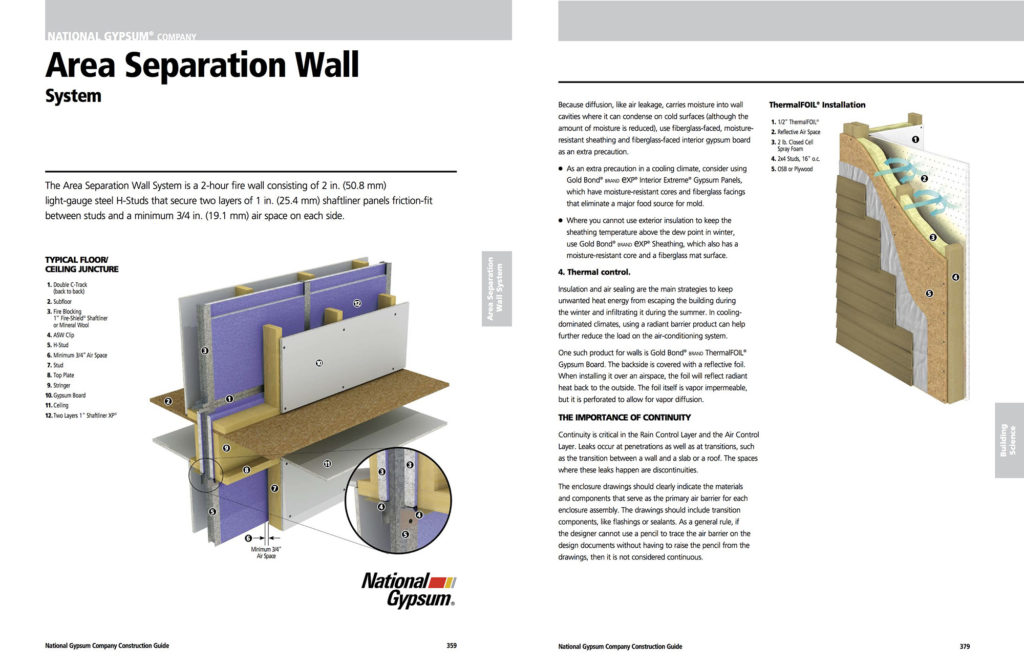
As an architect or contractor goes through the National Gypsum website, or any of the other marketing channels NGC uses, they’ll see a consistent use of the many visual pieces they’ve developed over time.
It’s through this consistency, that National Gypsum has developed an effective strategy to communicate the value their products provide, and how their clients can use those products to create the best project possible.
Conclusion
As you can see, investing in a few high-quality product renderings or videos to weave throughout your marketing and customer service strategies can be scaled as much or as little as you want.
Your strategies can adjust as your marketing budgets fluctuate. But each of these pieces can be repurposed throughout all of your communications with your client. The options are unlimited.
So get started building your library today.

